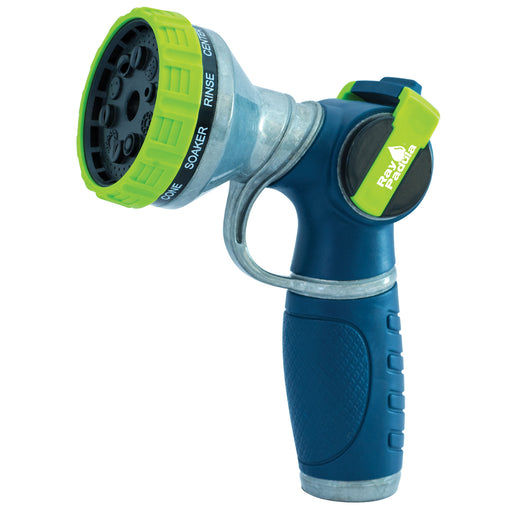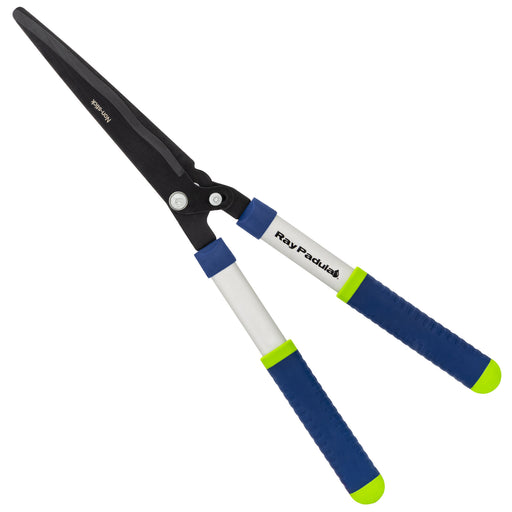
What are Annuals?
Chances are you most likely already know what an annual is, without even knowing. Annuals are the beautiful flowers, typically sold in trays or flats, arranged as far as the eye can see in your local garden center, every spring. Annuals (think marigolds, inpatients, petunias, geraniums) provide vibrant color and flowers all season long, and (depending on your growing climate), once the cooler faller temperatures set in, typically wither and die, and need to be replaced next season. These plants are a great choice due to their reliability and low-maintenance growing, vibrant color producing flowers, and a wide variety of selection.
Annuals are a great choice for planting...
-
an entire flowerbed
-
in a hanging basket
-
along the edge of a walkway
-
along the edge of a vegetable garden as colorful decoration
-
in containers and pots
-
within shrubs or in a perennial garden for added color

Choosing the Perfect Annual
When planting annuals, be sure to visit your local garden center early in the Spring for the greatest selection, as these flowers are typically some of the most popular. These are some of the most popular annuals:
For areas with lots of sun: California poppy, cleome, geranium, marigold, million bells, nicotiana, petunia, portulaca, zinnia
For areas with some shade: Cineraria, forget-me-not, impatiens, pansy, primrose, vinca, wax begonia
Caring For and Growing Annuals
Once planted, annuals are one of the easier types of plants to take care of. These varieties are bred to be resilient and tough, and can withstand quite a few variables in the yard. To keep your annuals growing and producing tons of colorful flowers throughout the season follow these tasks throughout the season.
-
Watering is one of the most important needs during the growing season. To be at their most vibrant, most annuals require regular daily watering (maybe even a bit more depending on your climate) for strong roots, and healthy stems. Be sure to water deep to encourage strong root growth. Depending on how big your annual garden is, use a Ray Padula sprinkler or hose nozzle for easy watering throughout the season.
-
Feeding your annuals with regular doses of plant food, applied according to directions, will help to fuel growth, flowering, and strong roots and stems.
-
Deadheading refers to the task of clipping off dead flowers. Annuals will both look nicer, and reserves plant energy to produce more vibrant flowers, instead of producing seeds. Pruning tools like a Ray Padula Precision micro snip are built for easy deadheading of your annuals.
-
Mulching helps keep weeds at bay, conserves soil moisture, and helps make your gardens look nice! Add a layer of mulch (about 1-2 inches thick) around the base of your annuals or throughout your entire garden. Mulch is available in a wide-variety of materials and colors, typically available at your local garden center, and in-expensive way to add some color and design to your garden while helping your annuals grow.

Get Ready for the Show
Once you've planted your annuals, and are taking proper care, get ready for a vibrant show of colorful flowers. Unfortunately, in most climates, this show will end at the close of each season, hence the name "annuals." Once cooler fall temperatures arrive, most annuals will begin to slow down growth and flower production, and begin to wither and die. Once this happens, your annuals can be pulled from your garden, with new planting to begin next spring!
Legal Disclosure:
This post is provided for informational, educational purposes only. This information is intended to provide general guidelines. Because tools, products, materials, techniques, and local codes are constantly changing, Ray Padula Holdings assumes no responsibility for the accuracy of the information contained herein and disclaims any liability for the omissions, errors, or outcomes of any projects or tasks completed. It is the responsibility of the reader to ensure compliance with all local laws, rules, codes, and regulations for any projects completed. If there are any questions or doubts regarding any elements of any information provided, consult a local, licensed professional.









































